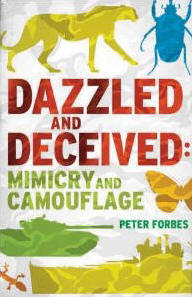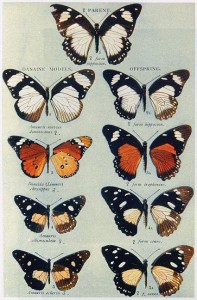Today I gave my ‘Camouflage without Spots’ talk at Gunnersbury Triangle nature reserve. It was very hot, and having helped the RSPB local group set up their stall at the Bedford Park Festival on the common, I cooled off and picked up the materials for the talk.
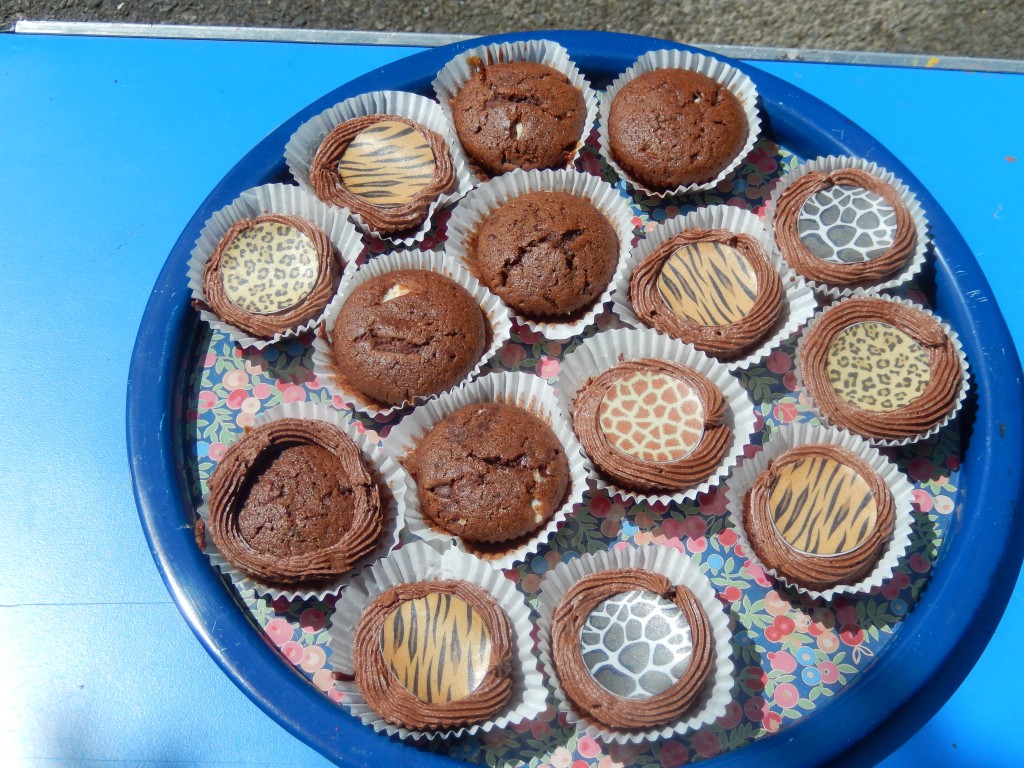
Helen had set out the tables and baked some amazing Camouflage Cakes – someone joked they couldn’t see them – and we all had lemonade in the heat.
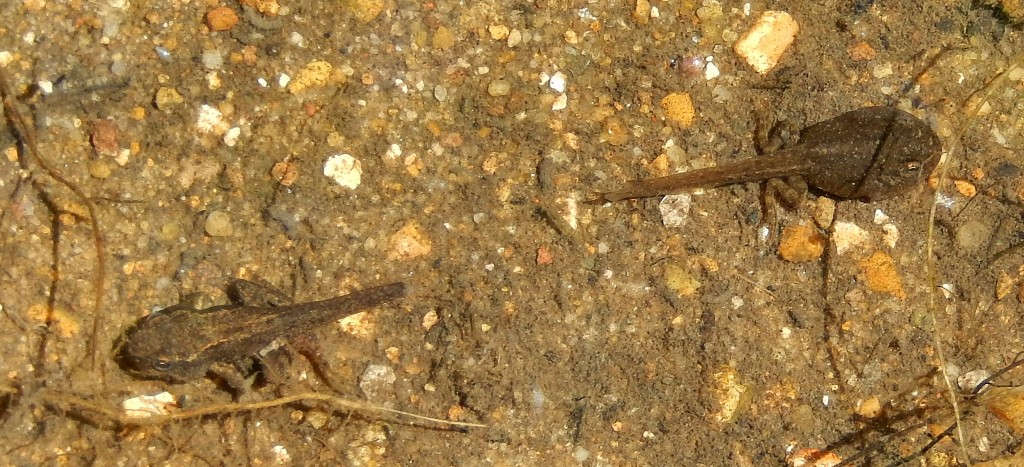
Once I had run through the talk and arranged the talk table with books and materials, I had a quick walk around the reserve. The tadpoles are just at the moment of growing legs – some have none, some two, some four: it’s very beautiful and touching.
A keen entomologist came running, a Clouded Yellow presumably blown in on the warm southerly wind had breezed across the reserve in front of the hut! They are only occasional visitors here, common enough in France, but they hardly ever perch when the weather is warm.
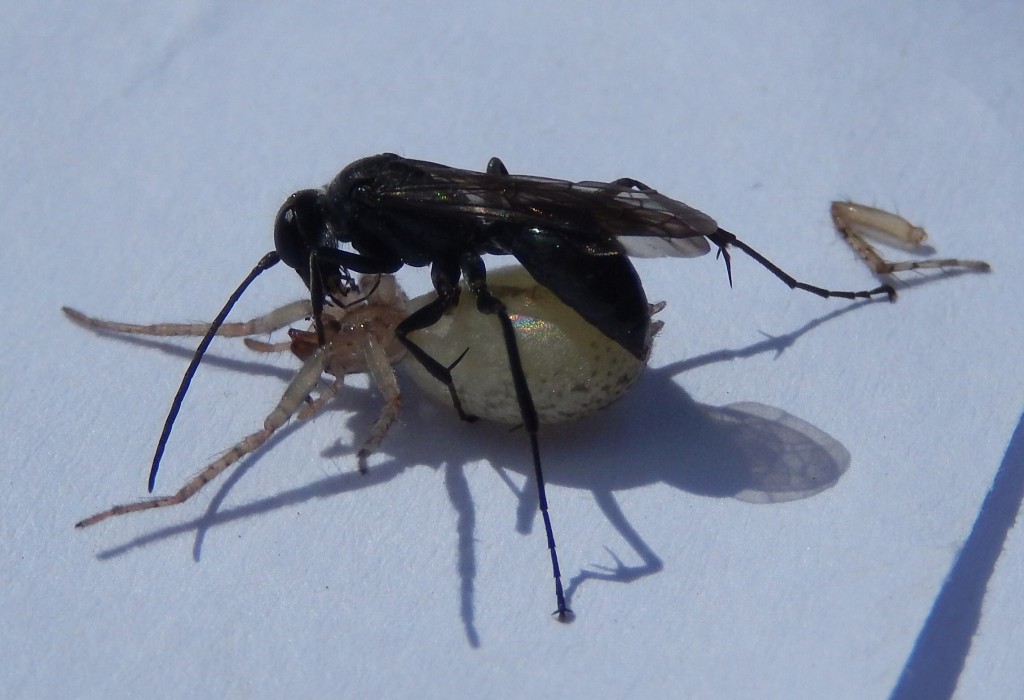
A second entomological excitement: a Pompilid spider-hunting wasp was running rapidly about on some papers in the hut, dragging something white below her body. The photo shows what the naked eye could hardly perceive: she had a paralysed spider as big as herself in her jaws (a leg has broken off). She was presumably running about to find a suitable hole to bury the unlucky spider in, complete with one of her own eggs which will hatch and eat the spider as a supply of fresh, living food, enough to keep it going until it pupates.
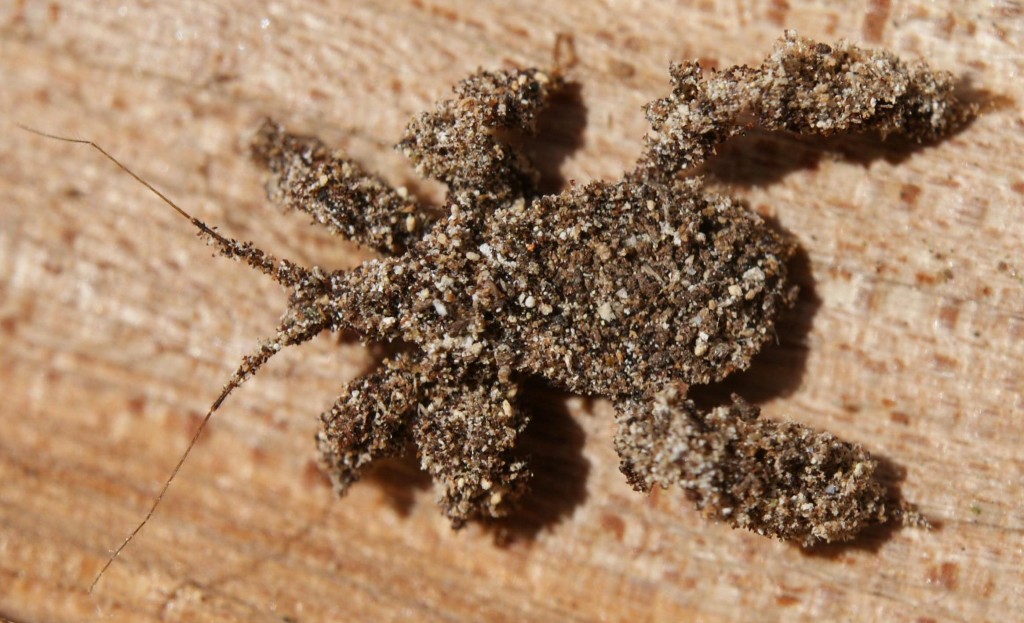
A surprisingly large audience congregated for the talk, which looked at tricks that animals use to conceal themselves, often in plain sight. I demonstrated using painted cylinders in the fortunately bright sunlight how countershading works and why it is necessary; and how some animals like skunks and honey badgers use it in reverse to make themselves as conspicuous as possible. We all marvelled together at the wonderful camouflage of the Masked Hunter Bug, the Flat-tail Horned Lizard, and perhaps best of all the Potoo, beloved of Hugh Cott, motionless with its astonishing disruptive markings in the fork of a tree. I risked bringing out my copy of Abbott Thayer’s Concealing-Coloration in the Animal Kingdom, complete with his fine but sadly misguided paintings of camouflaged Peacock, Roseate Spoonbills and Wood Duck. He was right about the principle of countershading, and the superb disruptive plumage of gamebirds, though.
Then we had more lemonade and ate the camouflaged cakes!
See also the blog article that trailed the talk.

